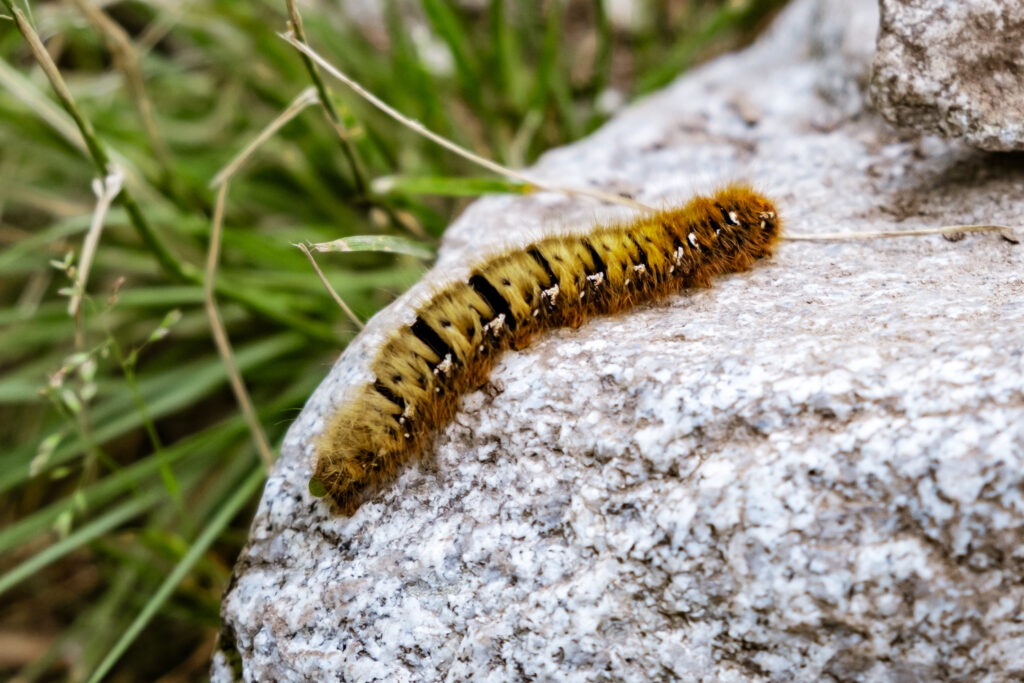HBO’s The Last of Us has it all: zombies, action, and – the climate crisis? If you’re anything like us, the show may have sent you into a tailspin followed by some frantic Googling.
In the opening scene, we meet a scientist in the 1960’s who claims that viruses and bacteria aren’t the pandemics that humans should fear the most – instead, it’s fungi. Driven by a warming planet, he claims, Cordyceps fungus could mutate to survive in warm-blooded creatures, spreading to humans and causing us to become a billions-strong army of “puppets with poisoned minds,” hell-bent on destroying the human race. A show about a zombie apocalypse is scary on a good day, but backing it up with science about the already-present climate crisis? That’s downright terrifying. So, let’s walk through the science (spoiler-free, we promise) together.
HAVE YOU MET MY ZOMBIE FRIEND? HE’S A REAL FUN-GI
For our fellow Planet Earth aficionados, the concept of a zombie fungus might not seem entirely foreign to you. David Attenborough takes us through the rainforest to observe an array of ants and insects all infected by a species of parasitic fungi that takes control of its host’s mind and body. As the fungus takes hold, it takes control of the ant’s nervous system to hijack its muscles and physical movements. The ants, now “zombified,” are compelled to climb up a branch, take a firm hold with their mandibles, and die as a long tentacle-like form grows through its head, only to release more deadly spores to its colony members.
It’s also true that ingesting fungi can have a distinct impact on our mental state – after all, magic mushrooms and LSD are both derived from fungi. In fact, there’s even some evidence that the Salem Witch Trials were a result of fungal infestation in the community’s supply of rye, causing convulsions and delusions – leading some doctors to believe that the victims had been bewitched. The show even uses this same premise, claiming that the Cordyceps spores spread through the world’s flour supply.
Perhaps the show’s most alarming true-life parallel is its tie to the climate crisis – something the science and our collective global experience tells us is already here. The show’s scientist claims that our warming planet would cause the fungus to mutate and adapt to warmer temperatures, allowing it to survive in temperatures above 94ºF – eerily suggesting that human infection could be a possibility.


